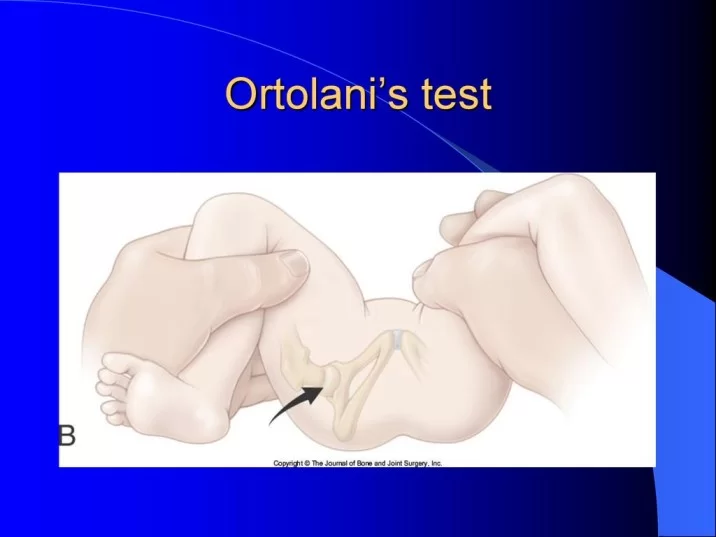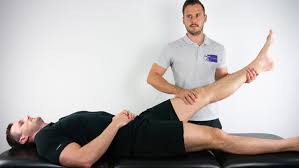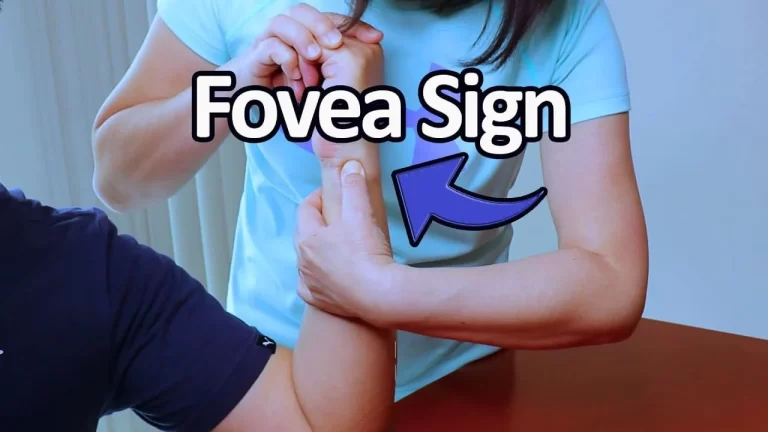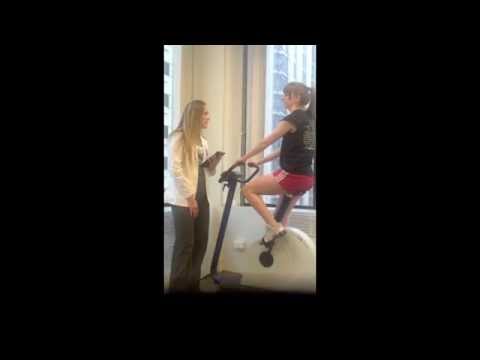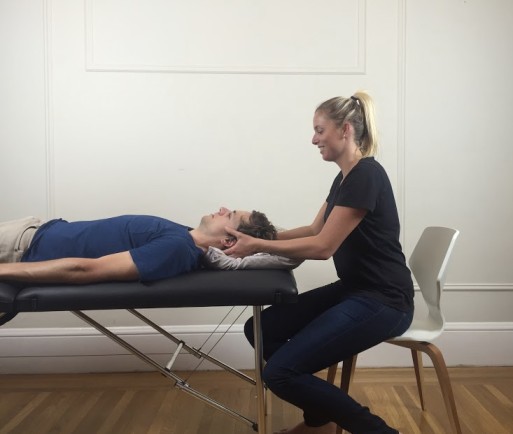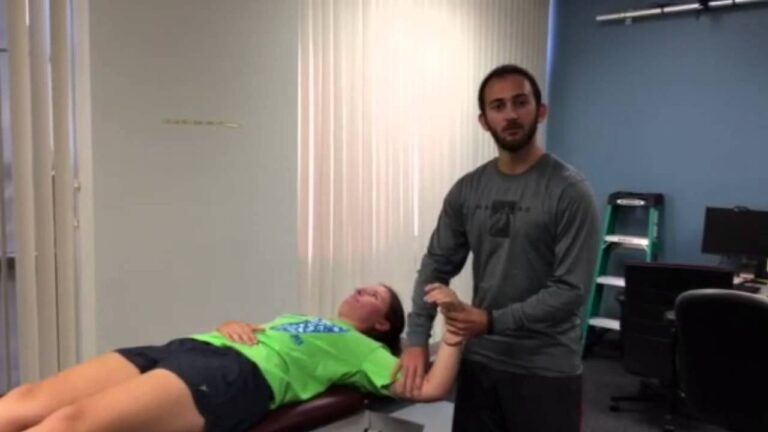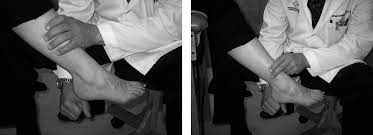Ortolani’s Sign for Hip Pathology
What is an Ortolani’s Sign?
Ortolani’s sign is a physical examination technique used in the assessment of developmental dysplasia of the hip (DDH) in infants.
A hip joint that is partially or totally dislocated is known as DDH. Ortolani’s sign is specifically used to detect congenital hip dislocation in newborns and young infants.
- This test is applied by to orthopedic doctor to check the congenital pathology of the hip.
- This test is an orthopedic test that is performed on newborn babies.
- This test detects problems of the hip such as CDH & DDH.
- This test was described by Marino Ortolani who is an Italian pediatrician in 1936.
Purpose of this Ortolani’s test
- This test is used to determine whether an infant has a CDH.
How to perform this Ortolani test?
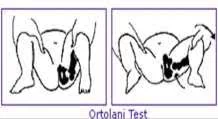
- The starting position of the test is the supine position.
- With the infant supine, the examiner flexes the hips & grasps the legs so that the examiner’s thumbs are against the inside of the knees & thighs,&the fingers are placed along the outside of the thighs for the buttocks.
- With gentle traction, the thighs are abducted & pressure is applied against the greater trochanter of the femora.
Result of Ortolani’s test
- Resistance to abduction & lateral rotation means external rotation begins to be felt at approximately 30′ to 40′.
- The examiner may feel a click, clunk, or jerk, which indicates a positive test & that the hip has reduced.
- In addition, increased abduction of the hip is obtained.
- The femoral head has slipped over the acetabular ring into the acetabulum,& normal abduction of 70′ to 90′ can be obtained.
- This test is valid only for the few weeks after birth & only for dislocated &lax hips, not for dislocations that are difficult to reduce.
- The examiner should take care to feel the quality of the click.
- Soft clicks may occur without dislocation & are thought to be caused by the iliofemoral ligament’s clicking over the anterior surface of the head of the femur as it is laterally rotated means externally rotated.
- Soft clicking usually occurs without the prior resistance that is seen with dislocations.
- By repeated rotation of the hip, the exact location of the clicks can be palpated.
- However, Ortolani’s test should not be repeated too often because it could lead to damage to the articular cartilage of the femoral head.
- As with all clinical tests, if the test is positive, if it is negative, it does not necessarily rule out the problems.
Conclusion
An essential component of a newborn’s physical examination is Ortolani’s sign, which can aid in the early identification of hip dysplasia. Osteoarthritis and hip dislocation are two long-term consequences that can be avoided with early detection and treatment. Should this indication be positive more assessment and imaging might be required to validate the diagnosis and determine the suitable course of action.
FAQs
What does the Ortolani sign cause?
Ortolani’s sign can indicate the presence of developmental dysplasia of the hip (DDH) in infants, which, if left untreated, can lead to hip dislocation and long-term complications such as osteoarthritis.
How to do the Ortolani test?
With the thumbs on the medial thigh and the fingers gently pressing upward on the lateral thigh and greater trochanter area, the examiner’s hands are put over the child’s knees. A dislocated and reducible hip will reduce with a noticeable “clunk” during slow abduction.
What age is the Ortolani test for?
Up until six months of age, the Barlow and Ortolani screening tests are advised; however, because of the growing musculature, they start to lose their sensitivity and utility around three to six months of age.
What does positive Ortolani mean?
Hip Dislocation
Utilized for hip dislocation confirmation. After flexing the knees and hips to a 90-degree angle, gently adduct the leg with your thumbs while applying anterior pressure over the greater trochanter. There will be a noticeable clunk as the hip moves if it is dislocated. Ortalani’s test would be positive for this.

